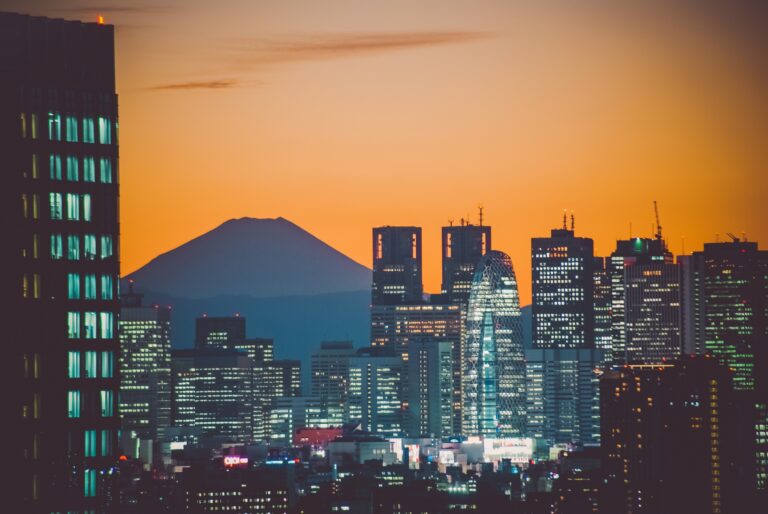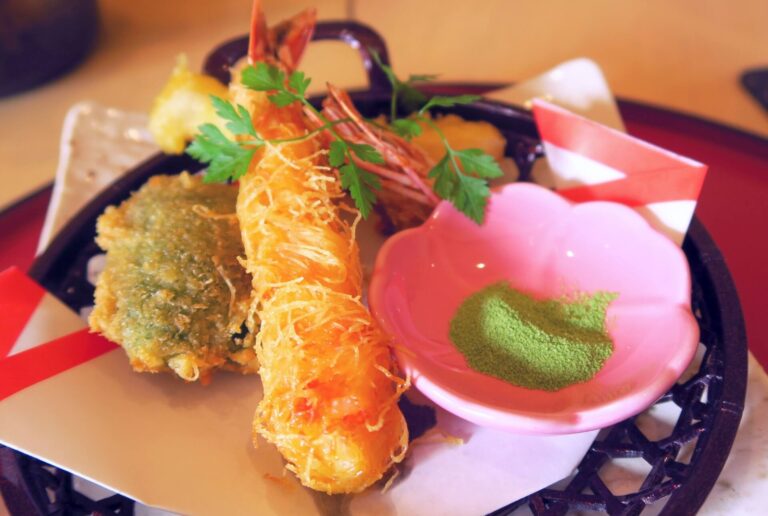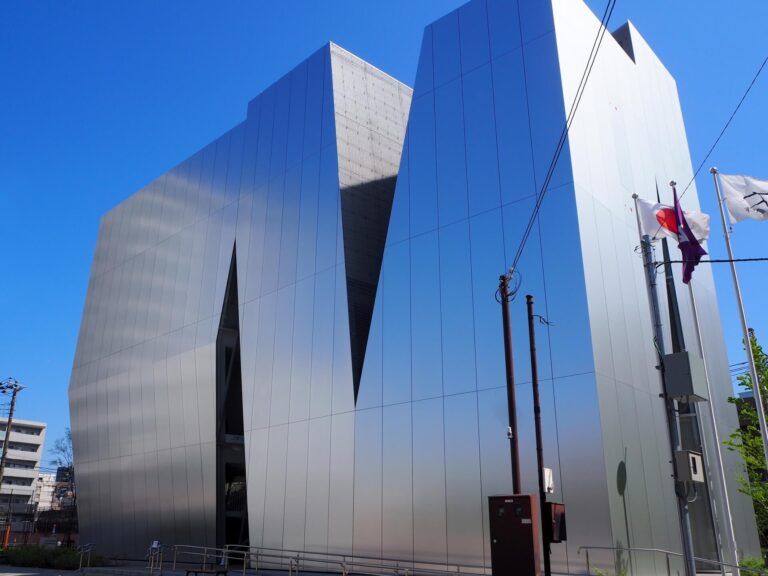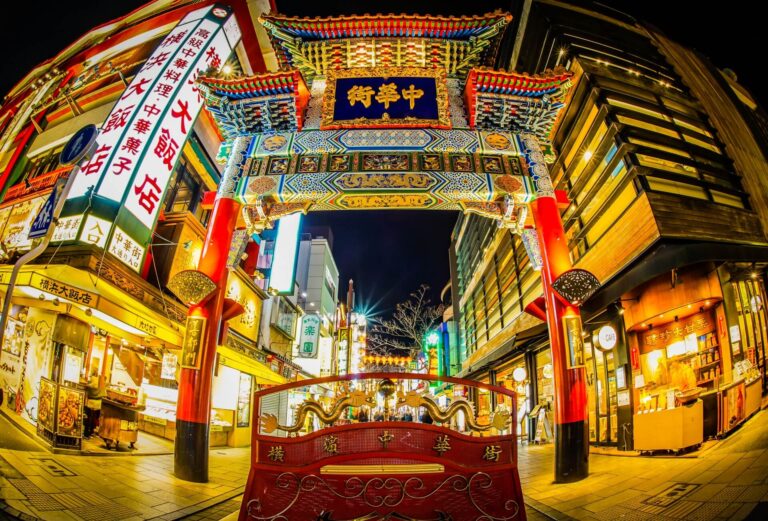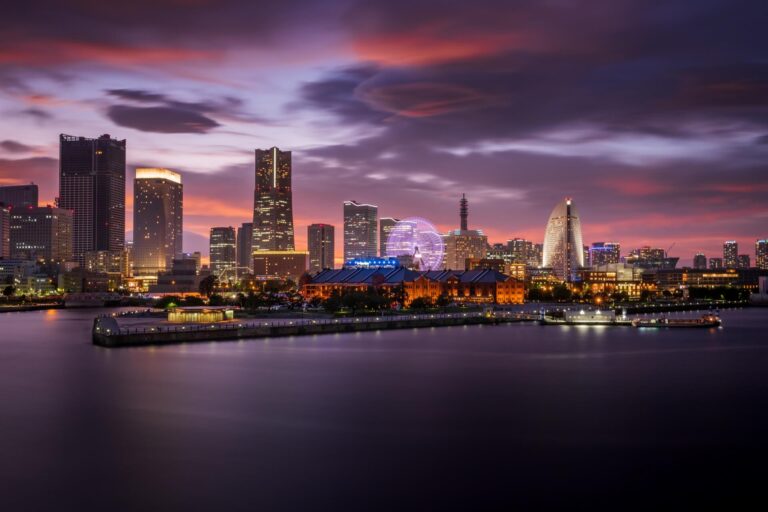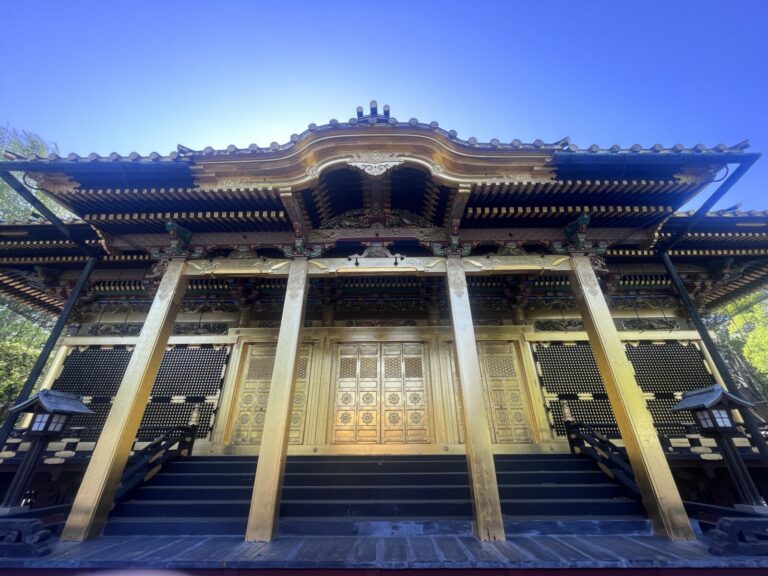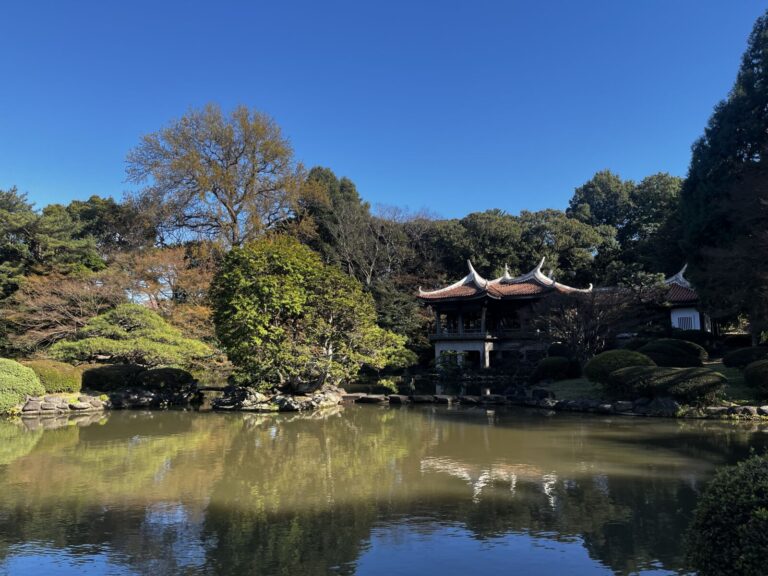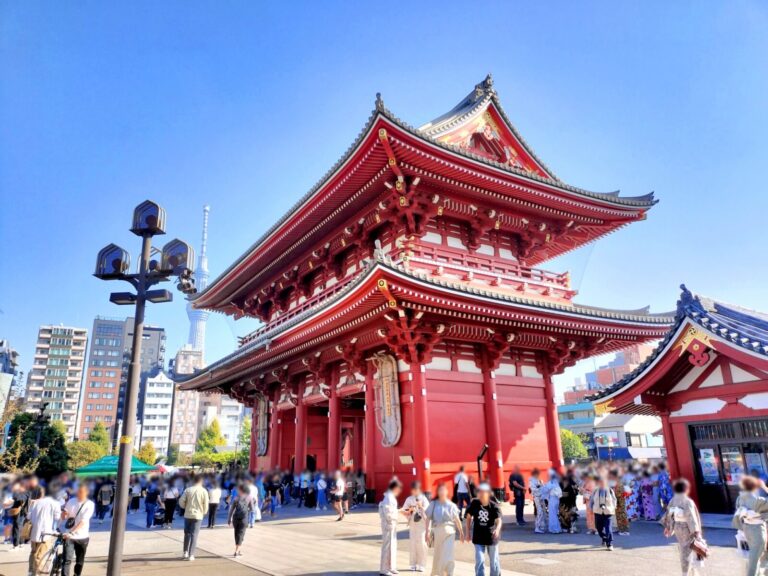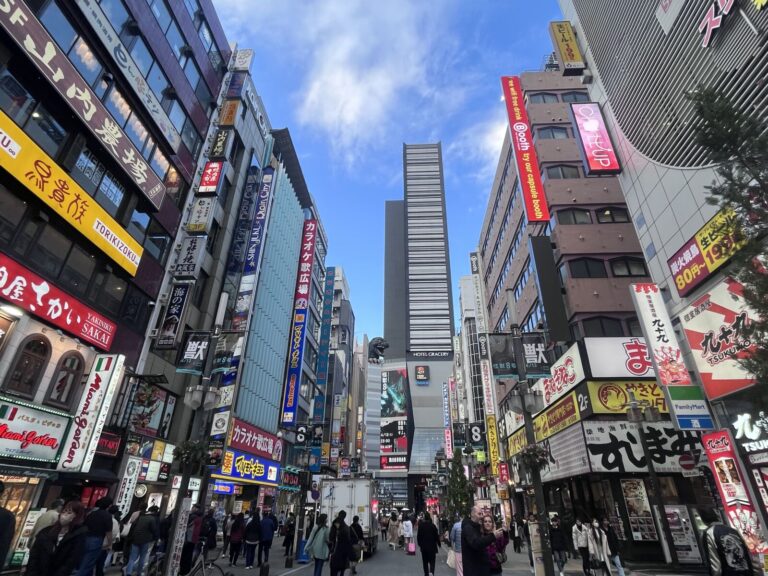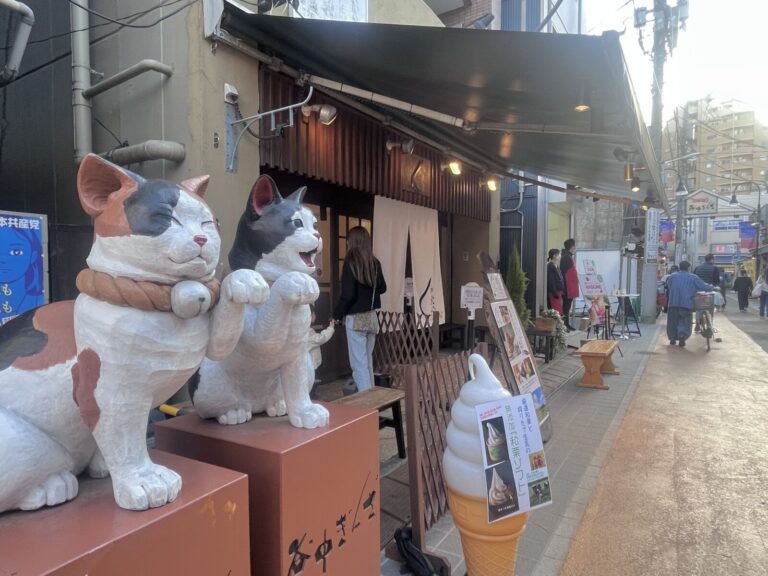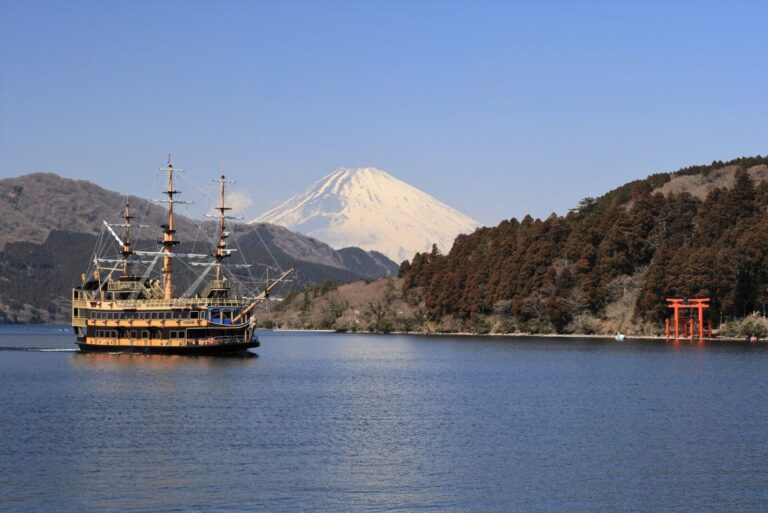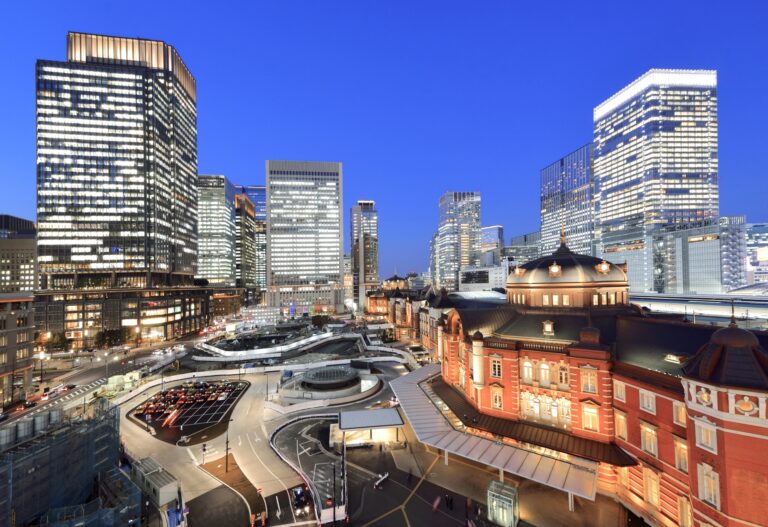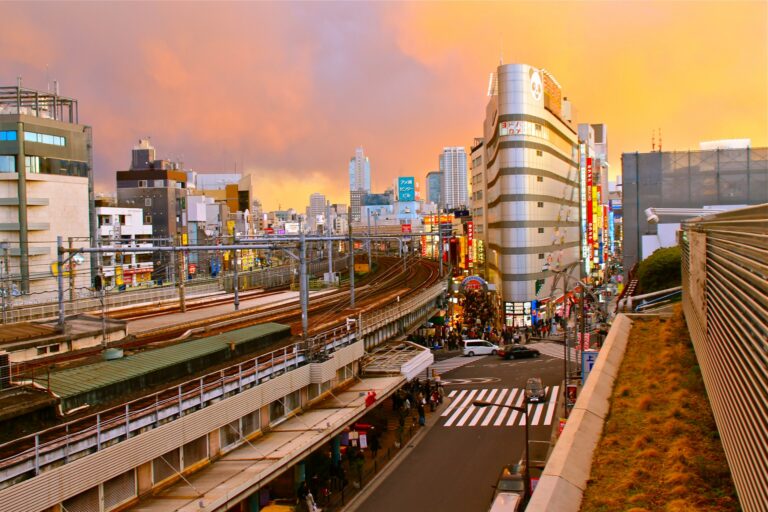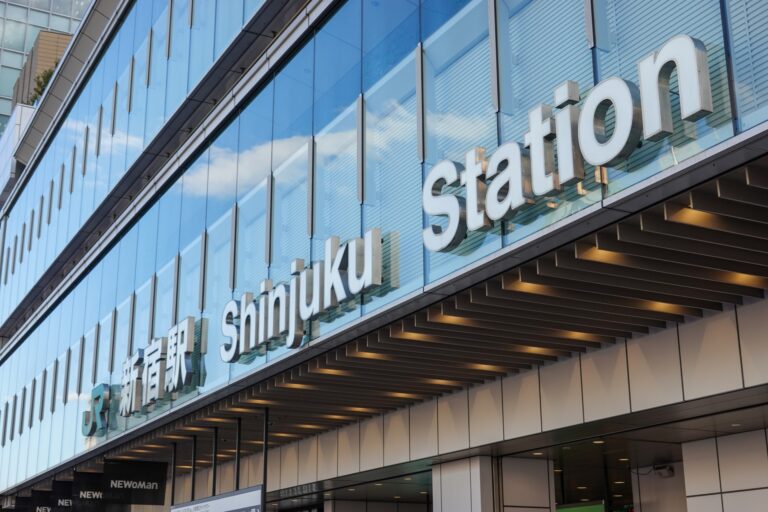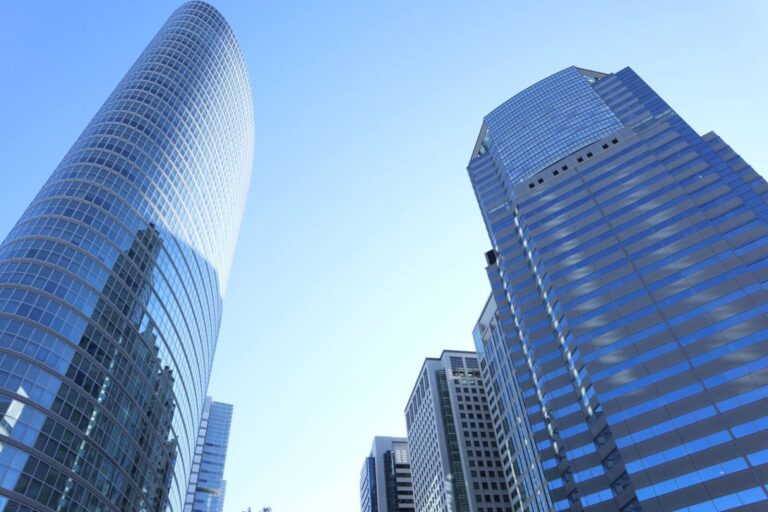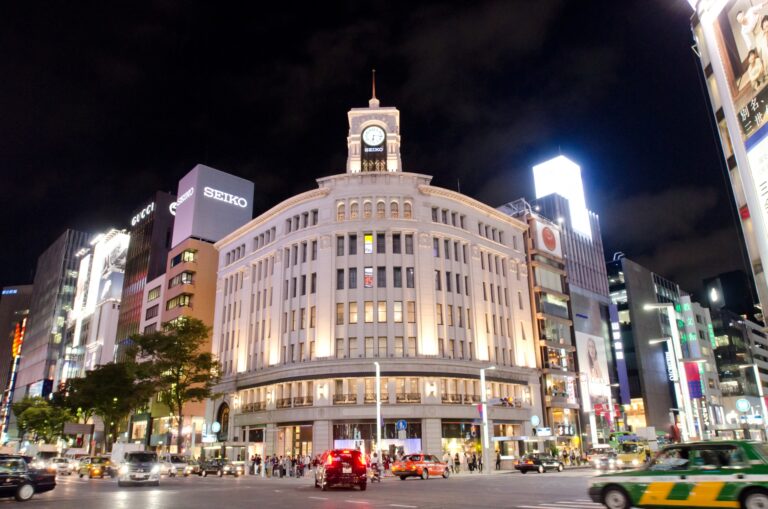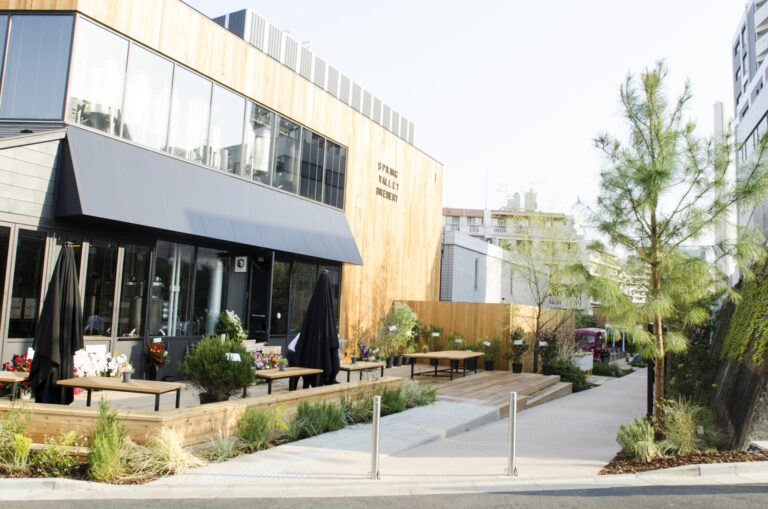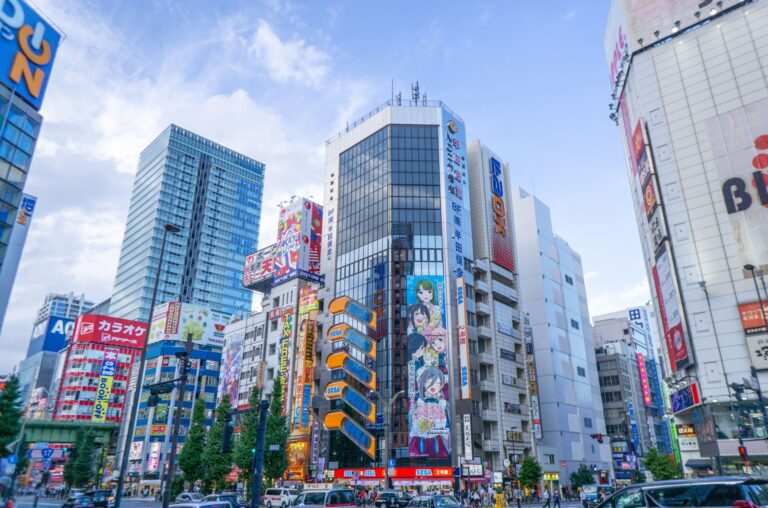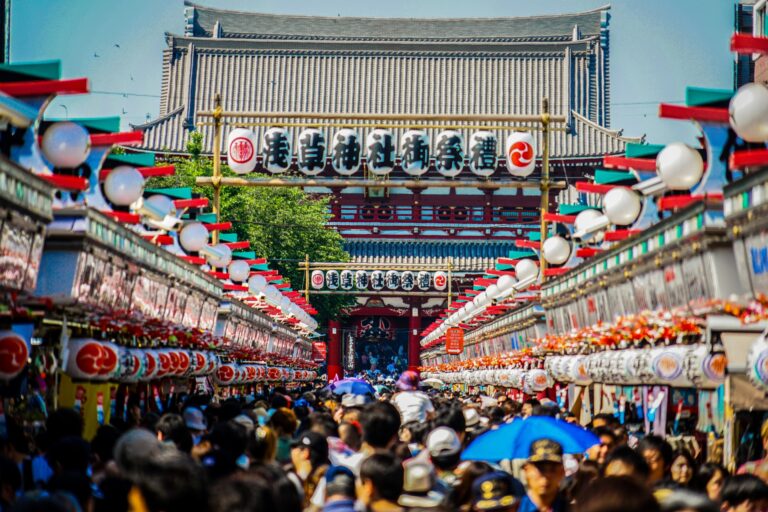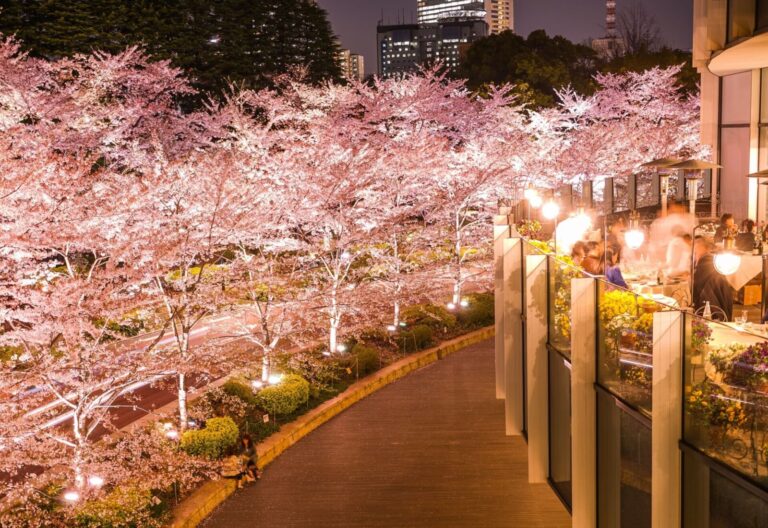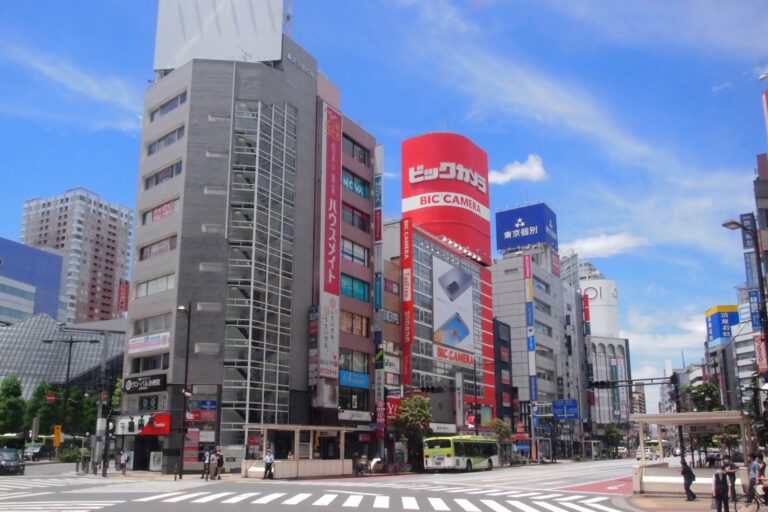Tokyo Monorail (from/to Haneda Airport)
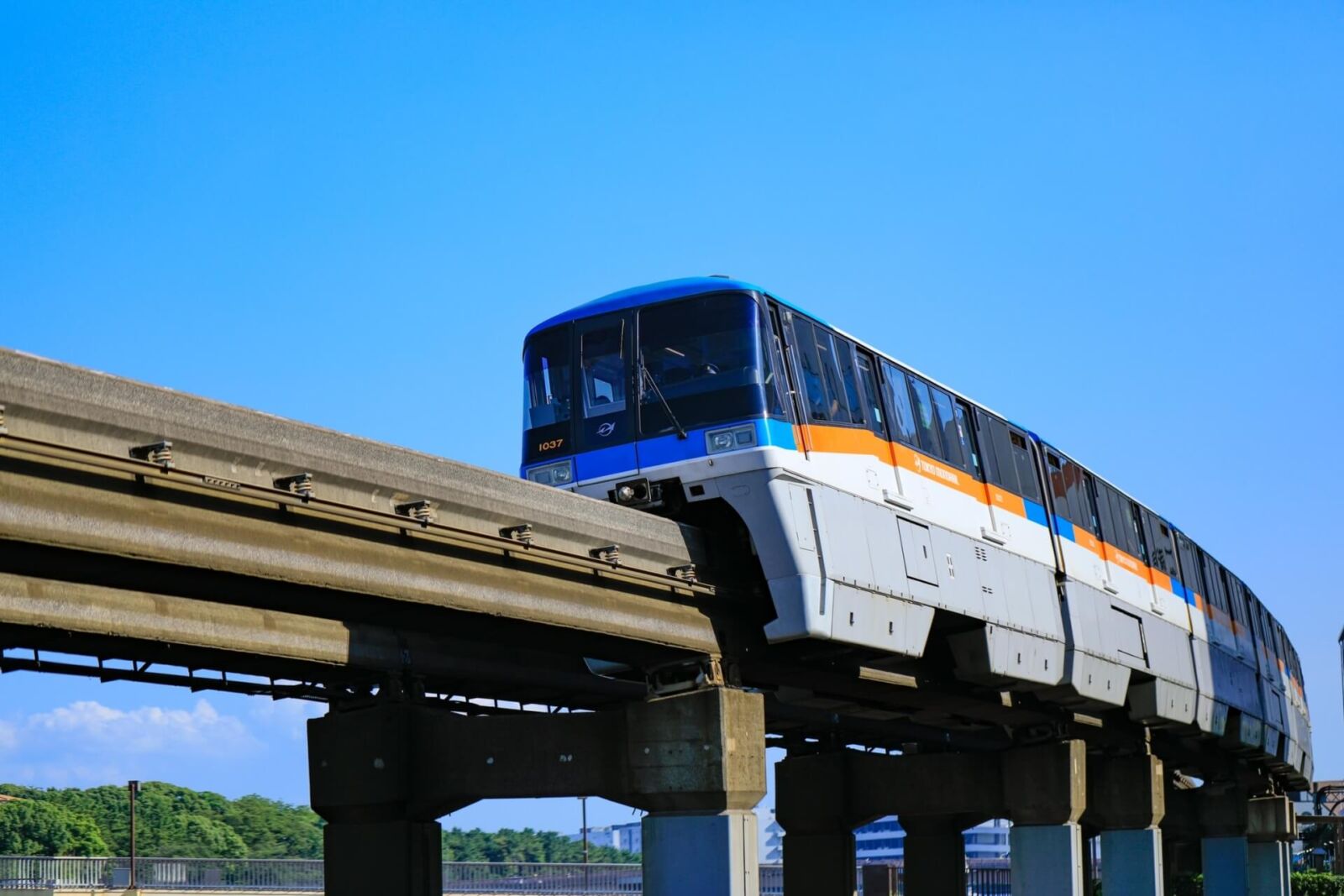
Passengers arriving at Tokyo’s Haneda Airport can use the Tokyo Monorail to reach central Tokyo. For many visitors, this will be the first rail service they use after arriving in Japan. Simple to use, we hope the following information is of assistance when planning your visit to Tokyo. On this page you will find the following information:
— Types of Carriages & Seating
— Accessing the Monorail at Haneda Airport
— Onward Travel from Hamatsucho Station
It is important to note that the Tokyo Monorail is one of two services connecting Haneda Airport to central Tokyo, the other being the Keikyu Line. The Tokyo Monorail is covered by the Japan Rail (JR) Pass – see below for details – making it a popular choice for international visitors. The Keikyu Line might be more convenient depending on where you are heading to or coming from in Tokyo however it is not covered by the JR Pass.
TOKYO MONORAIL SERVICES
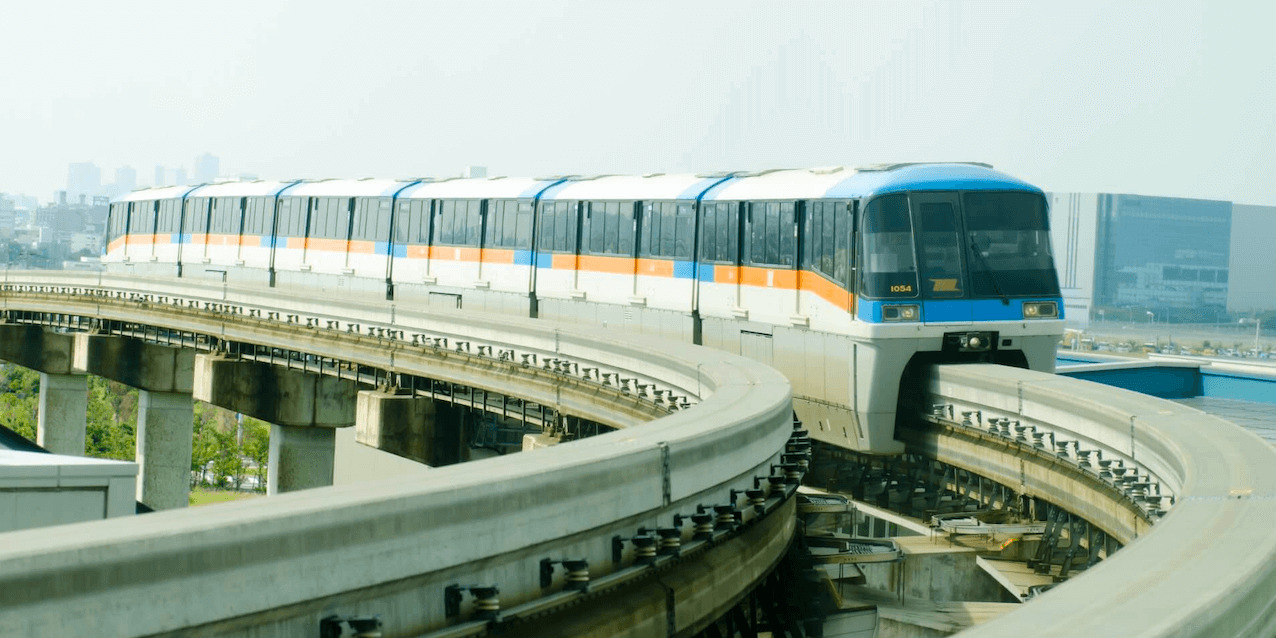
The Tokyo Monorail runs from Haneda Airport to Hamamatsucho Station. Located in central-southern Tokyo, Hamamatsucho is a convenient station with multiple lines running to Tokyo Station, Ueno Station, Shinjuku Station, Shibuya Station, nearby Shinagawa Station and beyond.
Haneda Airport has three terminals each of which has a monorail station/platform. Services typically depart around every 4-minutes and usually operate from around 05:00 to 23:30 every day. From the airport to Hamamatshucho Station take as little as 13-minutes, or 15 to 25-minutes depending on which terminal and service you are using. The Tokyo Monorail can be used free of charge for holders of several types of Japan Rail (JR) Pass – see below for details.
TYPES OF CARRIAGES & SEATING
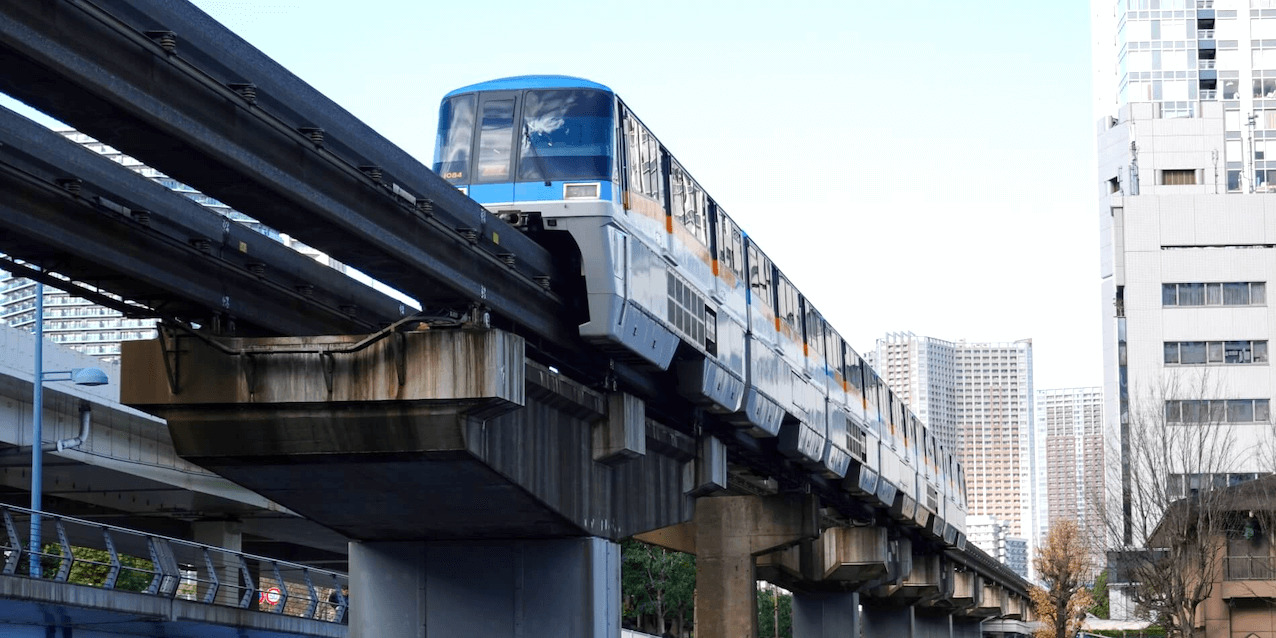
Unlike the Narita Express (N’EX) and Keisei Skyliner rapid trains servicing Narita Airport, the Tokyo Monorail is used by many people going about their daily lives. It is designed for general commuters and not as comfortable or spacious as the NEX. Navigating your way on and off with luggage at peak hour ca be a little challenging. Having said that it is still relatively easy to use. As an inner-city service, reservation is not possible (or necessary) and there is no difference between carriages. Each carriage has varied seating pattern – somewhat awkward to navigate when handling large luggage – and standing room with some dedicated luggage areas. There are no toilets on the monorail and it can be crowded around peak hour, making it troublesome to handle luggage. If you can avoid the morning and evening rush hours, it’s always good to do so.
TOKYO MONORAIL TIMETABLE
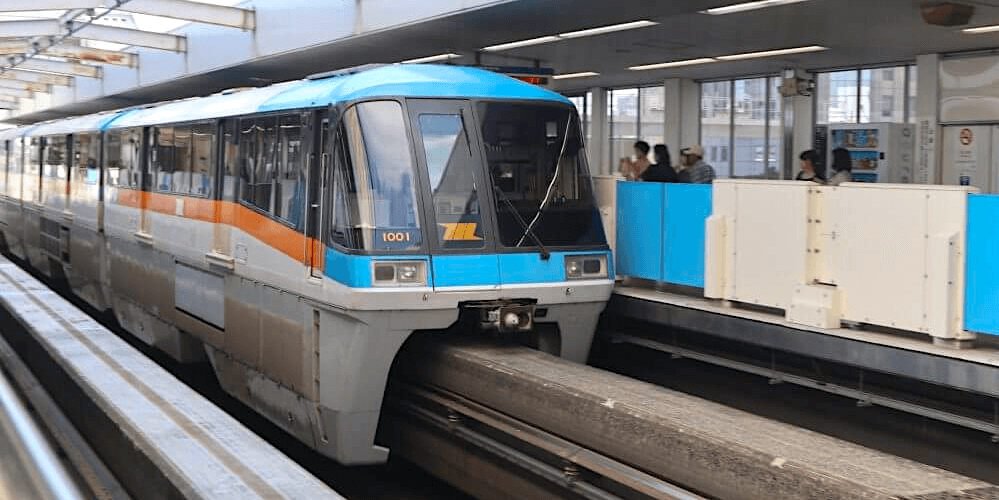

As referenced above, the monorail operates as a regular inner-city rail line with frequent services. Departing around every 4-minutes, the monorail operates from around 05:00 to 23:30 every day meaning there’s no need to worry about the timetable. If you miss it, just wait a few moments and another will be along.
ACCESSING THE MONORAIL AT HANEDA AIRPORT
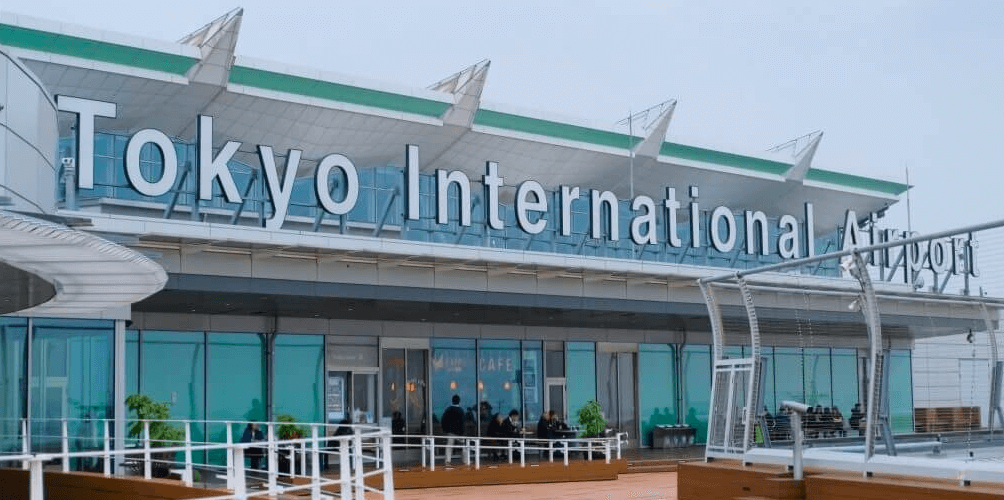
From the airport, the terminal/monorail stations run in the following order: Terminal 2, Terminal 1 and Terminal 3. It is worth noting that there is another station – Shin-Seibijo Station – between Terminal 1 and Terminal 3 that does not service the airport. Monorail platforms at each terminal building are located directly below or above arrivals and departures – only a couple of minutes walk from those areas. It is easy to access the monorail platforms at each of the airport’s three terminals:
— Terminal 2: proceed down to level B1F where you will find ticketing and access gates to the platform on level B2F – arrivals are on 1F and departures on 2F.
— Terminal 1: proceed down to level B1F where you will find ticketing and access gates to the platform on level B2F – arrivals are on 1F and departures on 2F.
— Terminal 3: the lay-out is different to the other two terminals. The monorail platform is located on 3F and can be accessed from both level 2F and 3F, with ticketing available on both levels – arrivals are on 2F and departures on 3F. For further information, see the official Tokyo Monorail website.
ONWARD TRAVEL FROM HAMAMATSUCHO STATION
The monorail terminates at Hamamatsucho Station. Once at Hamamatsucho, it will be necessary to switch to other lines to reach other areas of Tokyo. Here are some of the most popular destinations in the city:
TOKYO STATION
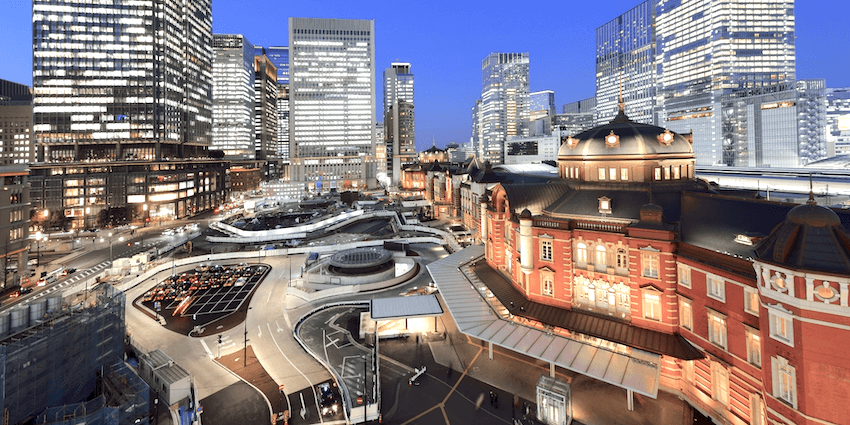
To reach Tokyo Station: at Hamamatsucho, transfer to the JR Keihin-Tohoku/Negishi Line Rapid service bound for Omiya and disembark at Tokyo Station – a total journey of around 25-min / JPY660 from Haneda. Alternatively, transfer to the JR Yamanote Line bound for Osaki and disembark at Tokyo Station – a total journey of around 25 to 30-min / JPY660 from Haneda. Multiple shinkansen lines operate from Tokyo Station including the Hokuriku Shinkansen bound for Kanazawa via Nagano.
UENO STATION
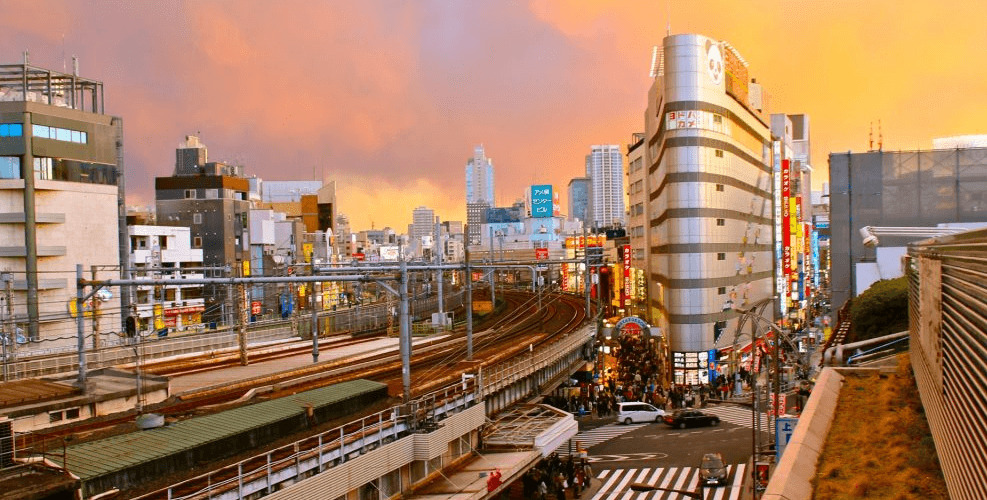
To reach Ueno Station: at Hamamatsucho, transfer to the JR Keihin-Tohoku/Negishi Line Rapid service bound for Omiya and disembark at Tokyo Station – a total journey of around 30 to 35-min / JPY670 from Haneda. Alternatively, transfer to the JR Yamanote Line bound for Osaki and disembark at Tokyo Station – a total journey of around 30 to 35-min / JPY670 from Haneda. Like Tokyo, multiple shinkansen lines operate from Ueno incuding the Hokuriku Shinkansen bound for Nagano. If you are heading straight to a shinkansen however, heading to Tokyo Station will be more convenient.
SHINJUKU STATION
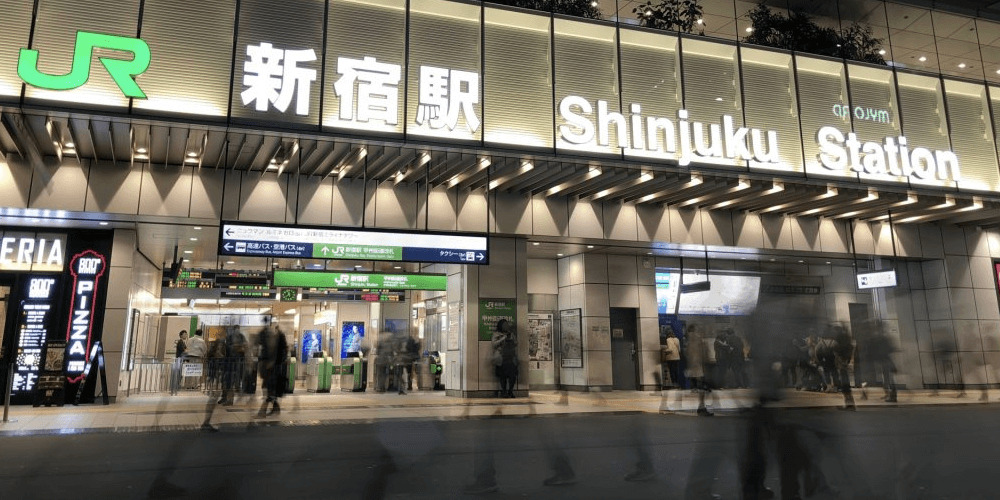
To reach Shinjuku Station: at Hamamatsucho, transfer to the JR Yamanote Line bound for Osaki and disembark at Shinjuku Station – a total journey of 45-min / JPY700 from Haneda. Alternatively, take the JR Keihin-Tohoku/Negishi Line Rapid service bound for Omiya and get-off at Kanda Station. At Kanda, transfer to the JR Chuo Line bound for Hachioji and disembark at Shinjuku – also a total journey of 45-min / JPY700 from Haneda. Shinjuku Station does not have any shinkansen services however visitors heading to Central Japan can use the Limited Express Azusa service to reach Matsumoto from Shinjuku.
TICKETING & TRAVEL PASSES
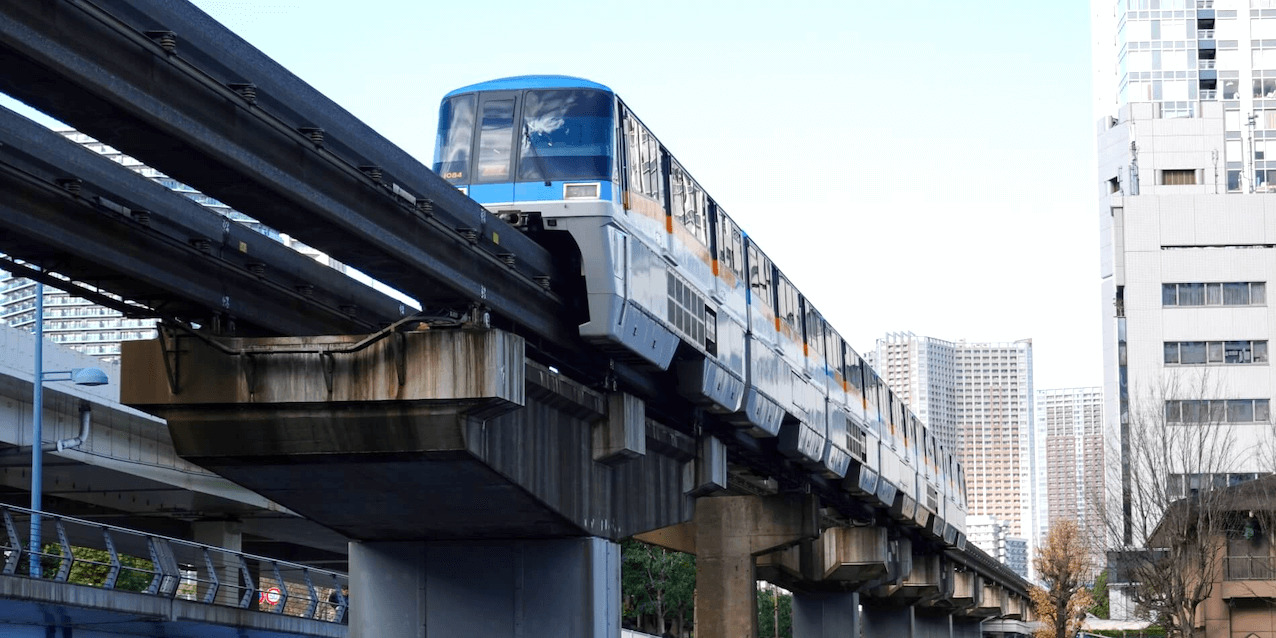
Tickets are purchased from the ticket machines or window at the airport terminals or connecting stations. From each of the terminals to Hamamatsucho Station costs JPY500 one-way. If you require assistance, attendants are on-hand with English and other foreign language-speaking staff always happy to assist. International visitors to Japan have the option of purchasing one of several passes which allow for unlimited use of the Hokuriku and (for some passes) other shinkansen and train services. The following JR passes cover the Tokyo Monorail and travel to Nagano:
JAPAN RAIL (JR) PASS
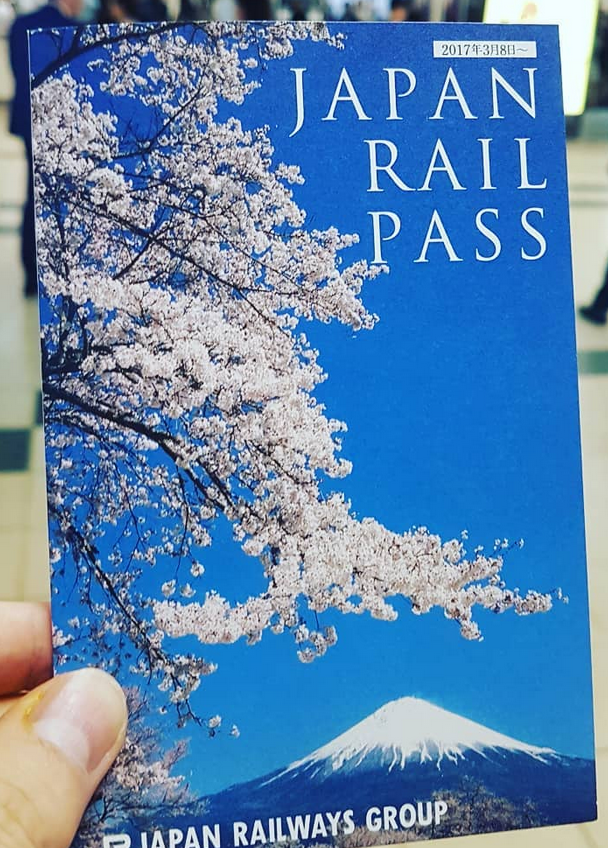
Covering all 9 shinkansen lines in Japan and many other train services, the full Japan Rail (JR) Pass is a great option for visitors planning to use the shinkansen more than a handful of times and/or travel large distances. Travellers have the option of 7, 14 and 21-day passes covering either Ordinary or Ordinary and Green Cars. The JR Pass allows for use of ordinary cars on the NEX and any service on the Hokuriku Shinkansen line at no additional cost but noting that should holders wish to have a reserved seat, they are still required to book a seat at the ticket office (at no additional cost).
JAPAN RAIL (JR) EAST PASS / NAGANO & NIIGATA

The JR East Pass covers the NEX, Hokuriku and Joetsu Shinkansen lines serving Nagano and Niigata, along with other regional services. There is only one option of pass, covering 5 days of use within a 14-day period from its date of activation. Notably cheaper than the JR Pass, this is a great option for visitors staying within Nagano and Niigata. Much like the JR Pass, it allows for use of any service on the Hokuriku Shinkansen line at no additional cost but noting that should holders wish to have a reserved seat, they are still required to book a seat at the ticket office (at no additional cost).
HOKURIKU ARCH PASS
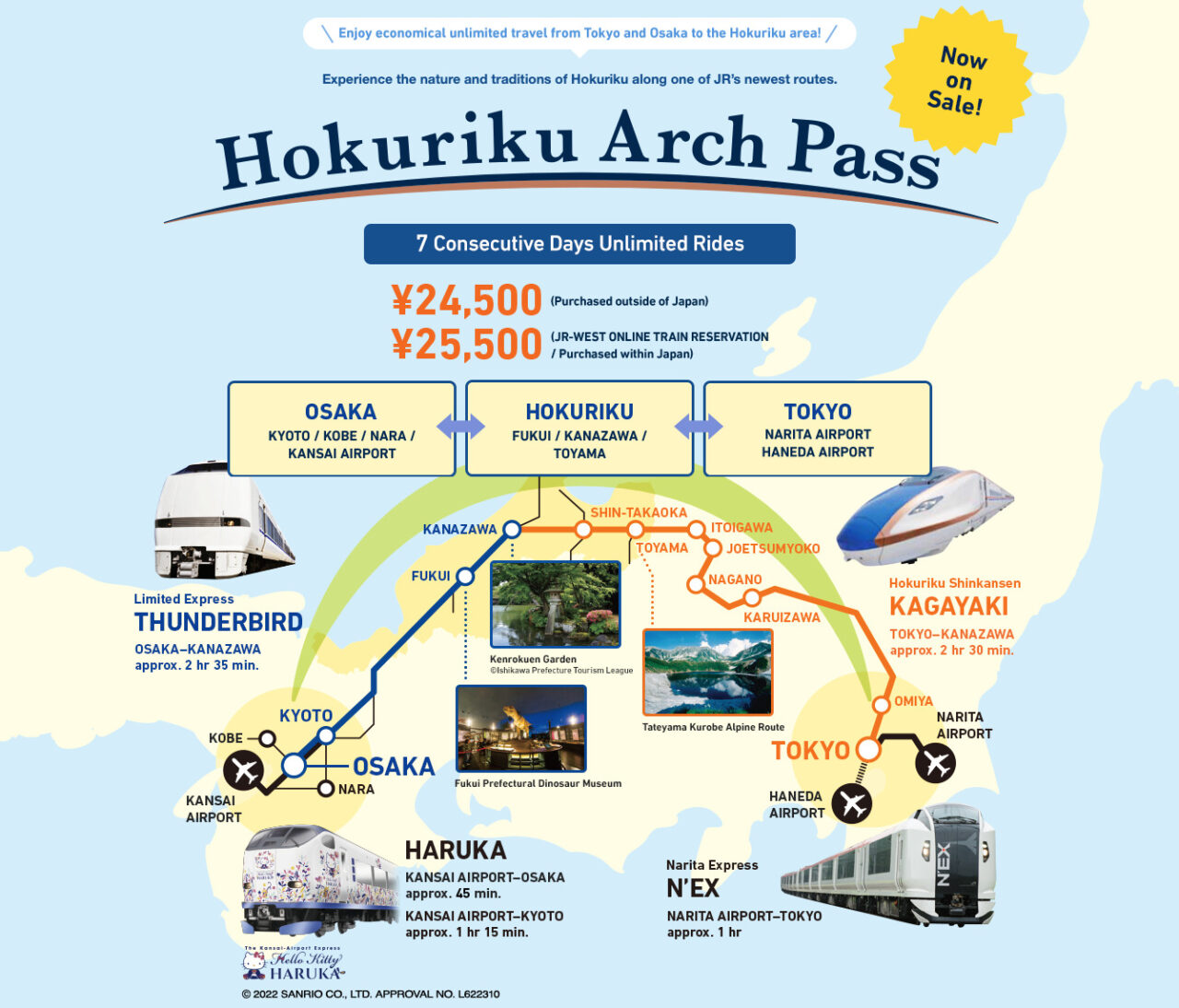
Valid for 7 consecutive days from date of activation, the Hokuriku Arch Pass covers train services from Tokyo – including the NEX – to Nagano and Kanazawa and then onto Kyoto, Osaka and Kansai Airport. For many international visitors, this pass covers the majority of their intended destinations as the they follow the most popular tourist route from Tokyo to Kanazawa and onto Kyoto and Osaka. Notably cheaper than the full JR Pass, the Hokuriku Arch Pass offers fantastic convenience and savings.
WHERE TO STAY IN TOKYO?
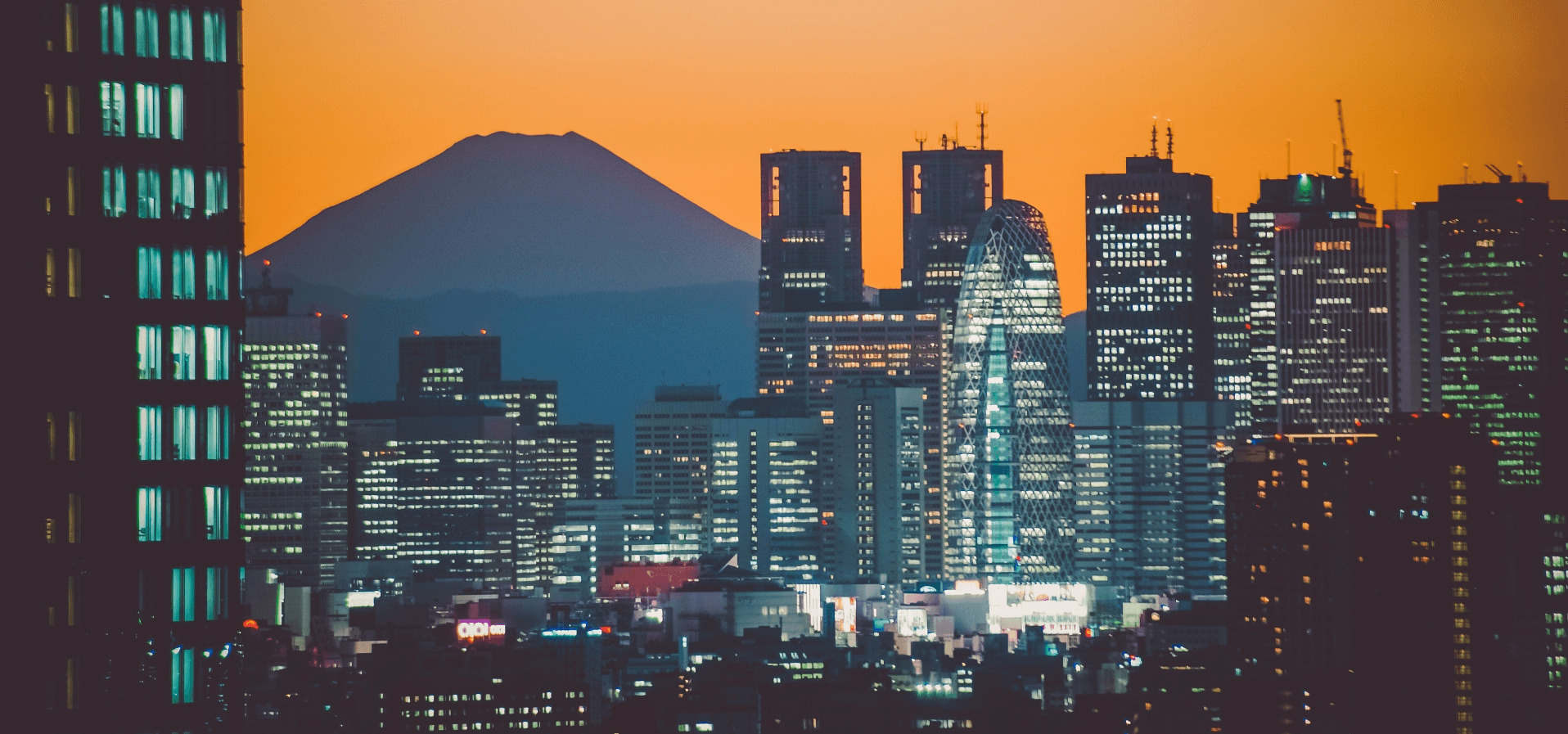
Not just the largest city in Japan but also the largest city in the world, Tokyo is a sprawling giant that must be experienced at least once. Knowing where to stay when visiting Tokyo can make a huge difference when it comes to getting around the city and ultimately, getting the most out of your time there. Our ‘Where To Stay In Tokyo?’ page breakdowns the best areas to stay including accommodation listings.
PLAN YOUR VISIT TO JAPAN
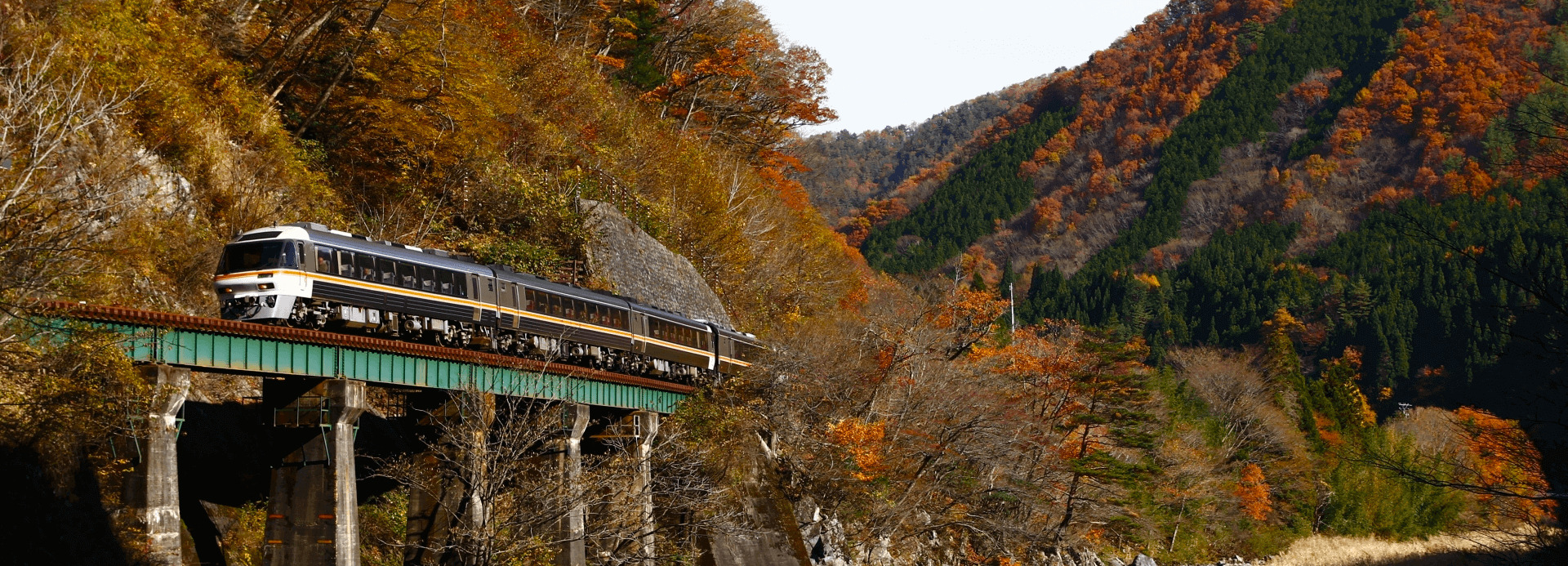

The Tokyo Monorail is just one part of Japan’s fantastic rail network. Unfathomable in its size and efficiency, moving around the country by train is easy and comfortable opening-up all regions of Japan for exploration. Our ‘Plan Your Visit’ page has everything you need to know about visiting Japan – from tips on the best time to travel, times to avoid, entering and exiting the country, money matters, staying connected, accommodation, staying safe and healthy and plenty more to ensure that you get the most out of your time here.



